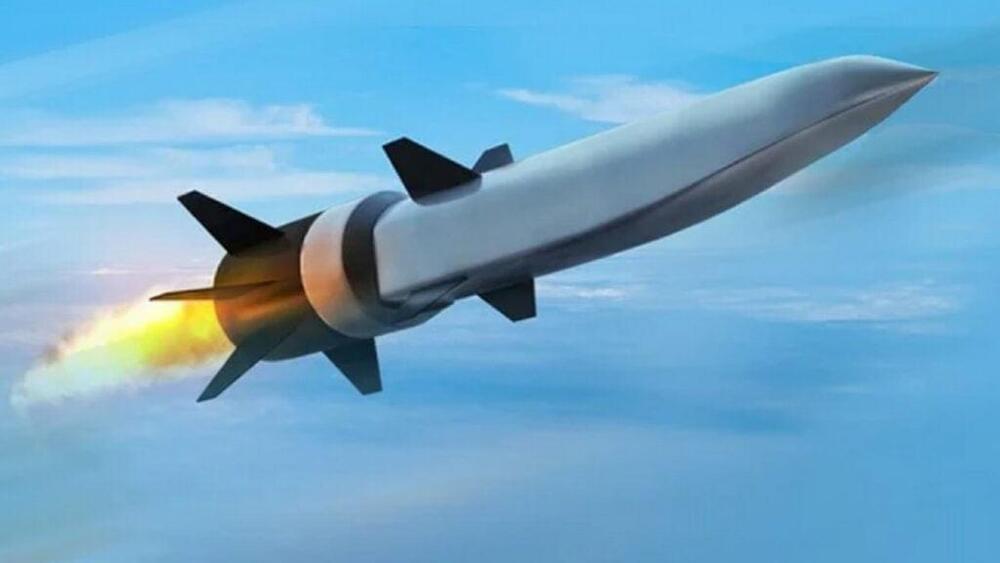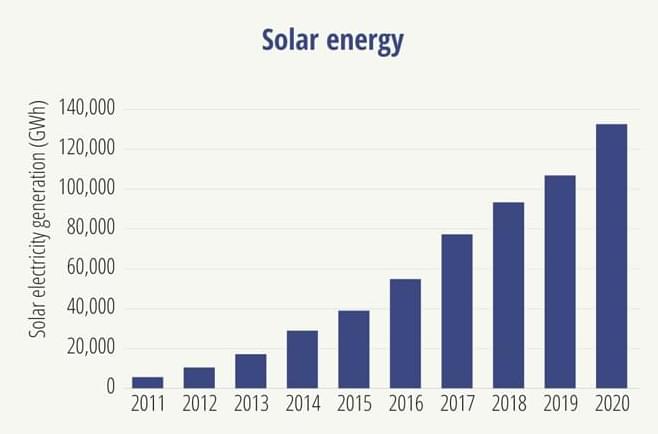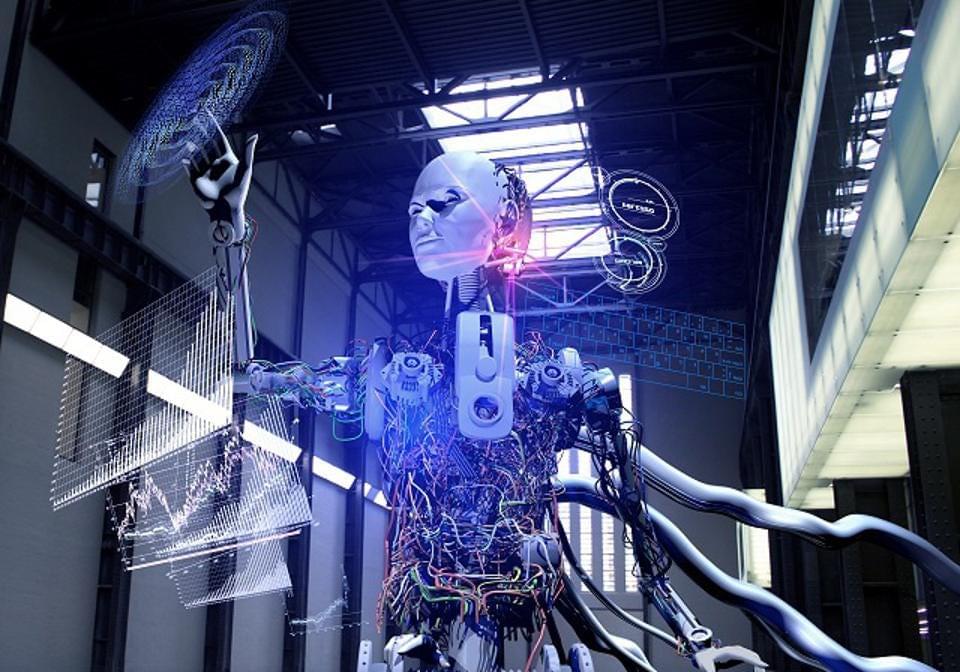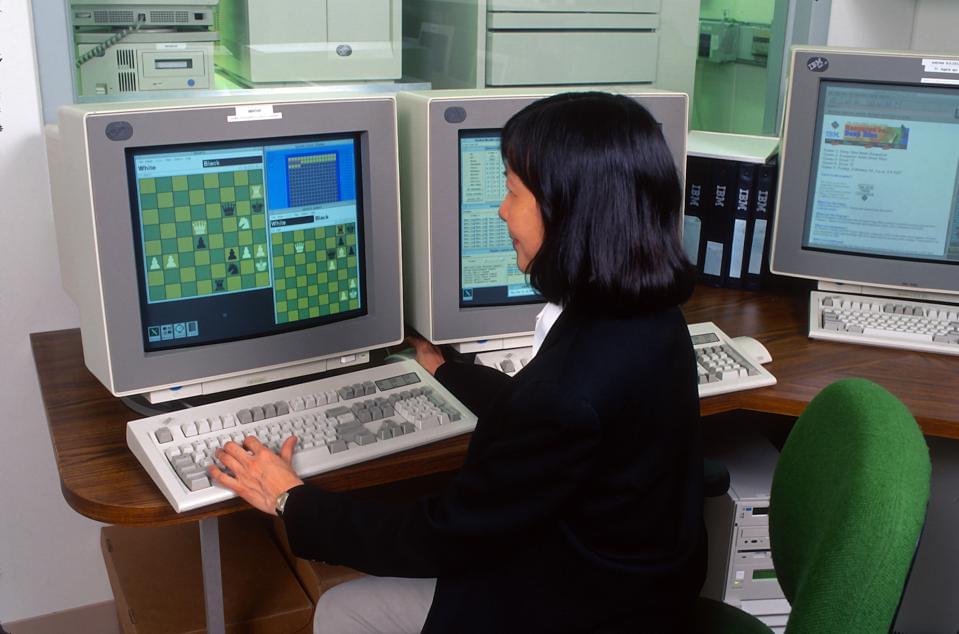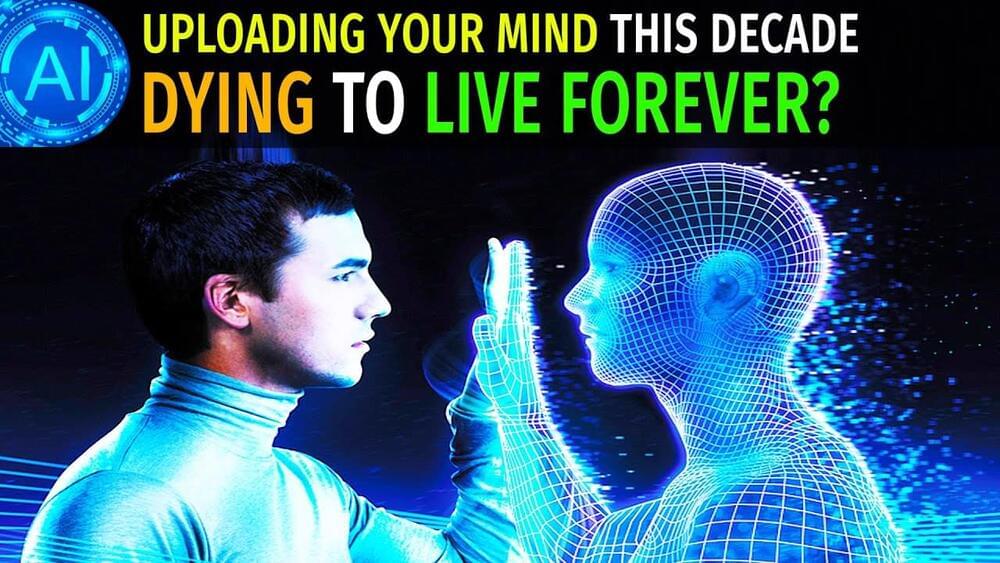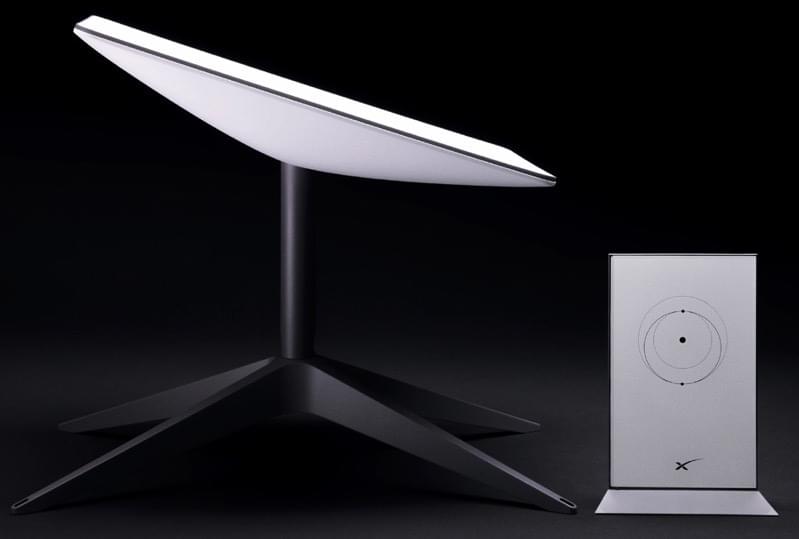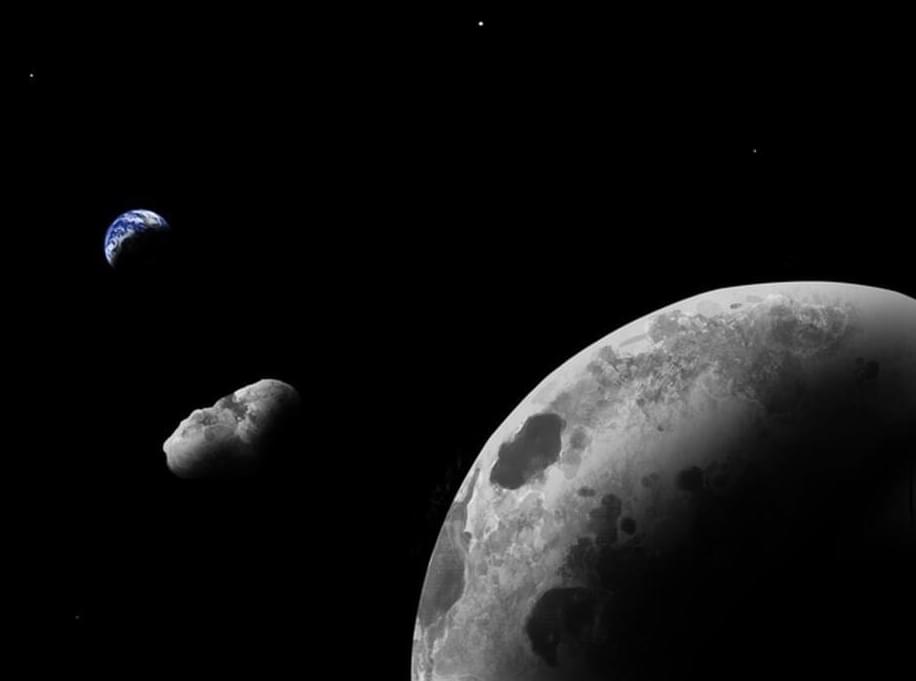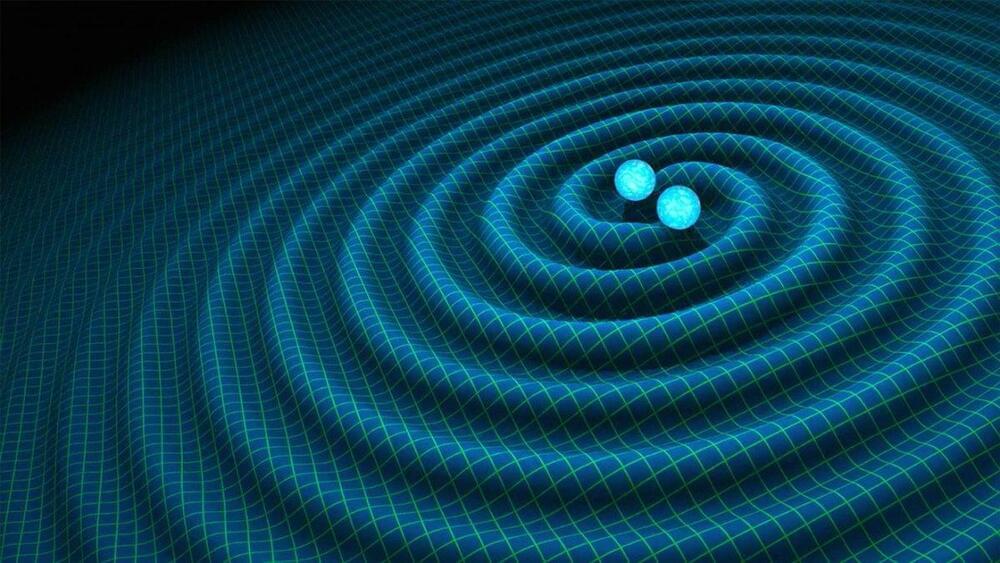TOKYO, Oct 26 (Reuters) — A Japanese startup backed by soccer player Keisuke Honda hopes to persuade wealthy consumers to swap their supercar for a 77.7 million yen ($680,000) hoverbike which went on sale on Tuesday.
The “XTurismo Limited Edition” from Tokyo-based drone startup A.L.I. Technologies is equipped with a conventional engine and four battery-powered motors and promises to fly for 40 minutes at up to 100 kph (62 mph).
“Until now the choice has been to move on the ground or at scale in the sky. We hope to offer a new method of movement,” Chief Executive Daisuke Katano told Reuters.

